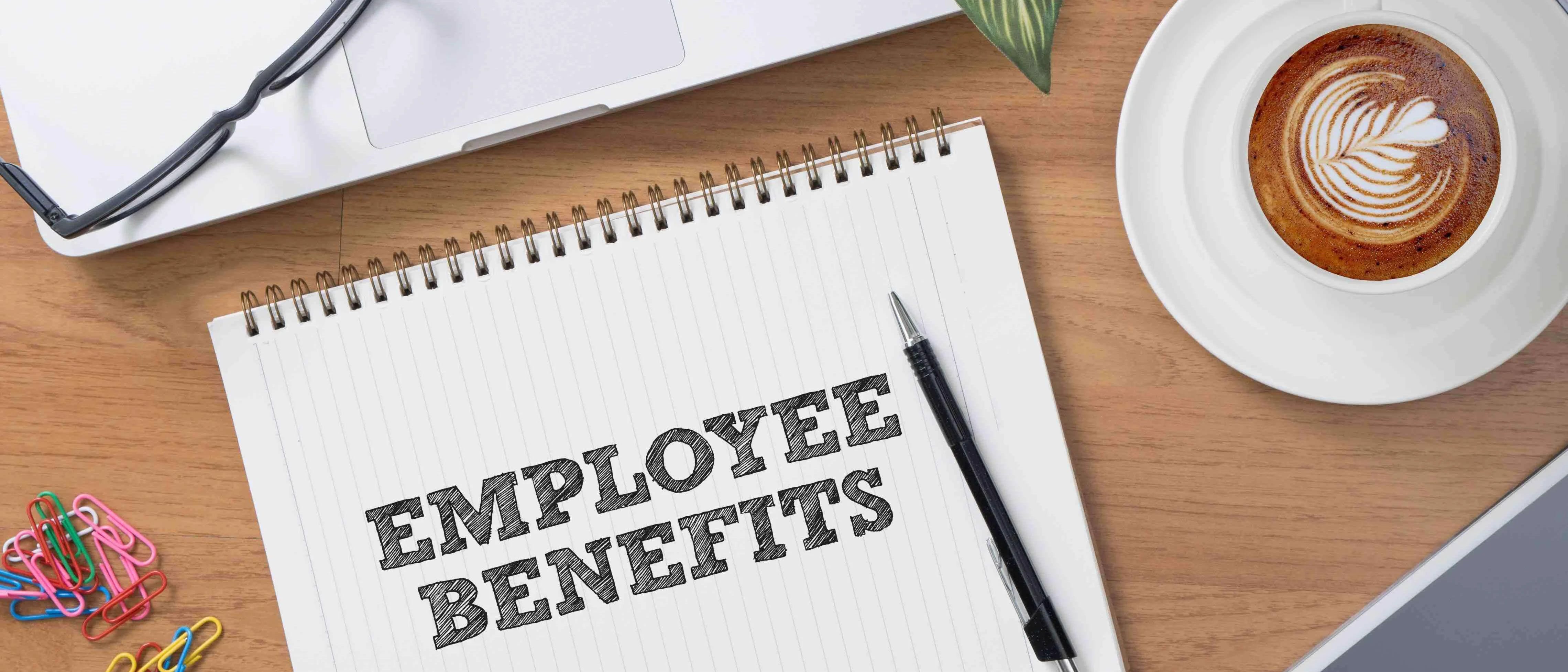✨ Health insurance, now in PayFit - learn more
💷 All the rates & thresholds you need to know for 25/26...right here
✨ The Payroll Journey: Start, Scale & Succeed Globally - learn more
✨ Health insurance, now in PayFit - learn more
💷 All the rates & thresholds you need to know for 25/26...right here
✨ The Payroll Journey: Start, Scale & Succeed Globally - learn more

Prior to April 2016, the only way to formally report company-provided benefits to HMRC, e.g. company-funded meals, medical insurance, service awards and gifts, was to submit P11Ds at the end of the tax year.
Not only was this a fiddly and manual process but it was also extremely time-consuming.
However, through changes that came in almost five years ago, companies now have the option to voluntarily register to an initiative called ‘Payroll Benefits in Kind’ (PBiK) through HMRC’s online service.
This new arrangement has enabled companies to change how employees are taxed and the manner in which they report expenses and benefits to HMRC.
Recent legislation has significantly changed how UK employers must handle benefits in kind (BIK). From April 2025, employers face a higher National Insurance contribution rate of 15% on benefits, while preparing for mandatory payrolling of all benefits from April 2027.
Payrolling benefits in kind is the process that allows an employee to pay tax each pay period through the salary they earn in the tax year that they received the benefit.
Previously, companies would have needed to fill out all of the information on a P11D at the end of each tax year, meaning employees paid the tax in the following year. HMRC would then collect the tax on benefits by reducing the employee's personal allowance.
While currently voluntary for most benefits, payrolling will become mandatory for all UK employers from April 2027, following HMRC's recent announcement of a 12-month implementation delay to allow for better preparation.
As mentioned earlier, while HMRC used to allow employers to informally payroll their benefits if they’d missed this deadline, this is no longer the case. Informal arrangements are no longer allowed, and businesses must have registered for this initiative as of the 2023/2024 tax year.
In addition to this, HMRC no longer allows businesses to submit P11D forms and mark benefits as ‘payrolled’ for the new tax year.
It removes the need for you to complete P11Ds on behalf of your employees. Not only does using PBIK save time but it also reduces the chances of making any manual errors, unlike P11Ds.
Employees pay the tax on the benefit during the tax year in which they receive it.
You can plan regarding which benefits you wish to process in this way.
The benefit's value is visible in the employees' taxable gross figure on their payslip.
Companies that want to register for PBIK must do so before the start of the tax year. The registration is ongoing, meaning that there's no need to reapply each year.
They will also be required to inform HMRC via their online service about which benefits they wish to payroll and if they would like to exclude any specific employees from the PBIK scheme.
Companies will still need to submit a P11D(b) form to report and pay Class 1A National Insurance contributions (NICs) due on the benefits.
Should a company ever wish to deregister, they can use the same online service.
However, it is worth noting that this must be completed before the start of the tax year and can't be done halfway through.
For the 2025/26 tax year, the following BIK rates apply:
Electric vehicles: 3% BIK rate
Company vans: £4,020 annual benefit charge
Van fuel benefit: £769
Medical insurance: Full premium value
You can only register before the start of the tax year. Consequently, any benefits that are decided on or after the deadline can't be administered in this way.
From 2025, employers are required to register for payrolling at least 30 days before the start of the next tax year. Late registration penalties have been introduced, and employers should ensure their payroll software is compatible with the new requirements.
Benefits such as employer-provided living accommodation and beneficial loans cannot be processed as a PBIK.
Once you've successfully registered for payrolling benefits in kind, you must write to your employees to let them know what this means for them. At the end of each tax year, and before 1 June, you must write to your employees again to provide them with:
Details of the benefits you have payrolled
The cash equivalent of the benefit
Details of benefits you have not payrolled
Any benefits that have been payrolled for optional remuneration
Let’s take a little detour and talk about tax on employee benefits. In the UK, your employees are expected to pay tax on some types of benefits. Don’t worry, though - you can make this easier on them by paying this on their behalf, deducting what they owe right from their paychecks through the Pay As You Earn System (or PAYE for short).
The treatment of this can be complicated and involve National Insurance (NI) considerations your business will need to be clued up on. Most importantly, you’ll want to ensure that your payroll system is optimised to deal with employee benefits tax properly.
Employees can expect to pay taxes on benefits like accommodation, loans and cars. The amount they’ll need to pay will depend on the kind of benefit and its value, which you’ll work out for them as their employer.
Some benefits, such as childcare and canteen meals, are tax-free, but these are only a few exceptions. Most benefits will attract some level of tax. And you’ll pay both tax and National Insurance on any benefits paid in cash, which are treated as ‘earnings’.
Here are the steps for UK businesses to take to prepare for mandatory payrolling:
Review and update payroll software capabilities
Train payroll staff on new requirements
Establish processes for benefit value calculations
Set up clear communication channels with benefit providers
Implement monthly benefit value tracking systems
Payrolling benefits can be a bit of a headache. But it doesn’t have to be. PayFit makes reporting on your benefits easy and straightforward.
We’ve recently revamped this feature on our platform to be even more simple and time-efficient. In other words, all it takes is for a simple toggle to be activated and hey, presto, you’re able to payroll benefits!
Simply add employee benefits to PayFit and they’ll be payrolled going forward.

The information contained in this document is purely informative. It is not a substitute for legal advice from a legal professional.
PayFit does not guarantee the accuracy or completeness of this information and therefore cannot be held liable for any damages arising from your reading or use of this information. Remember to check the date of the last update.

If you pay Class 1 National Insurance, you can qualify for what’s called the Employment Allowance, and a lower Employer NI bill. Find out how here.

The 2024 Autumn Budget has landed. What does the new Labour government have in store for businesses and their employees? We recap the top announcements made.

Read our guide to answer the question ‘what is small employers’ relief’, to find out how you can qualify as a business, and how much you can claim.

In this post, we’ll look at TUPE (Transfer of Undertakings Protection of Employment Rights), how it works and what employers need to know.

A recap of the 2024 King’s Speech, the announcements affecting businesses and their people teams and how HR leaders can adapt.

Learn about the top five 2024 Spring Budget changes and how these could affect your business.